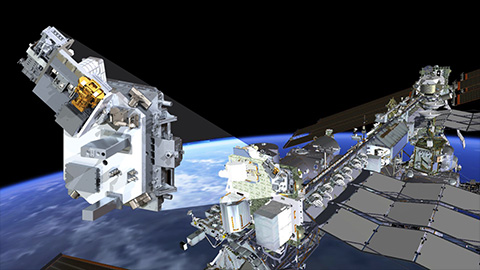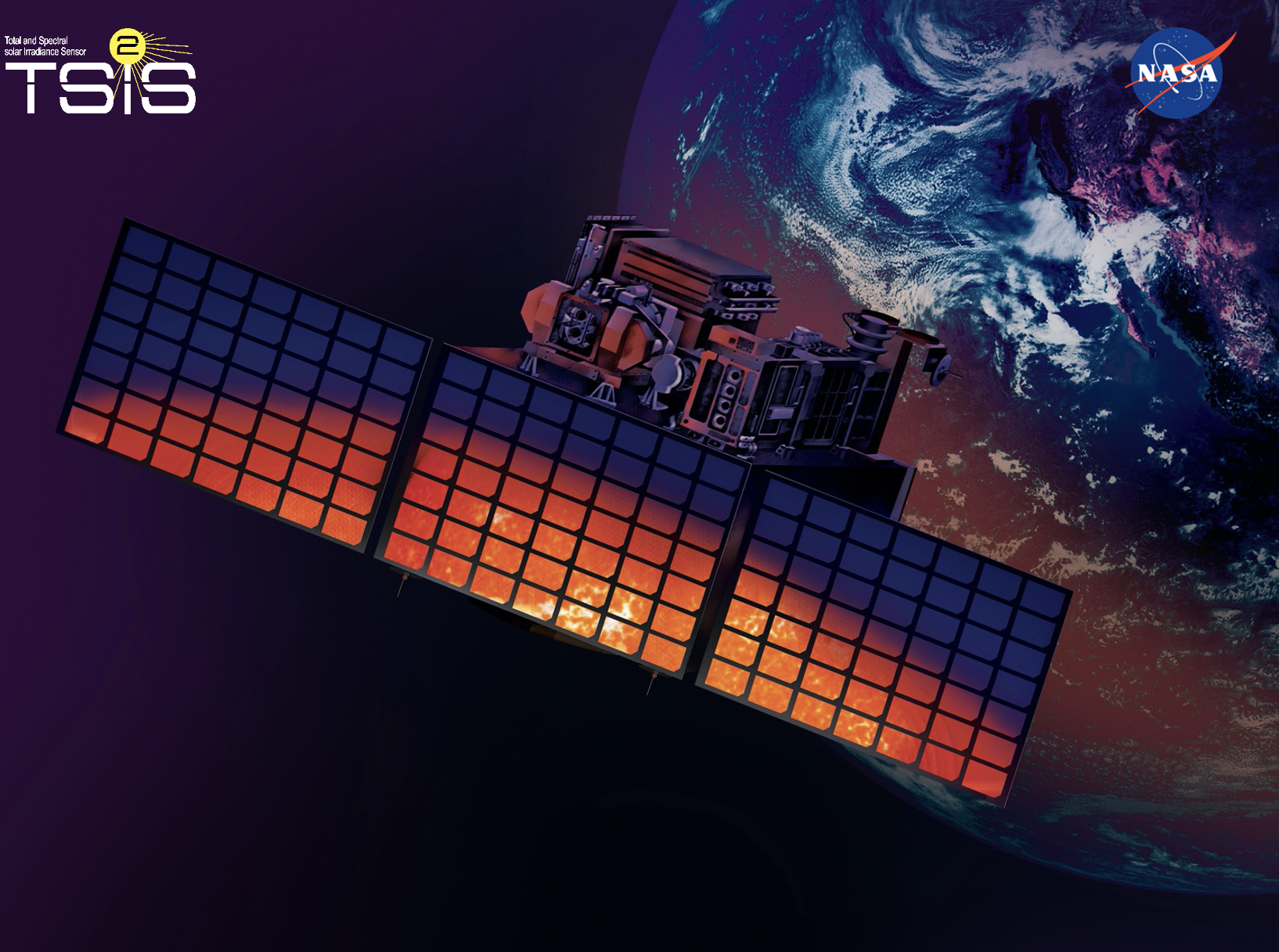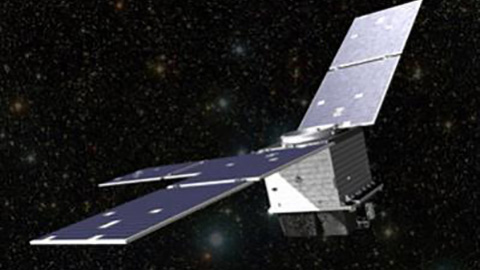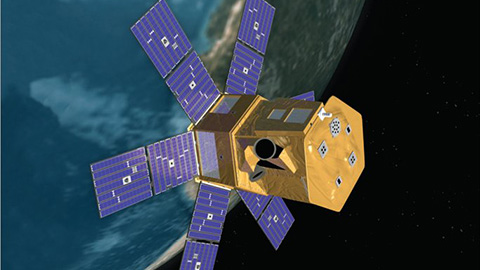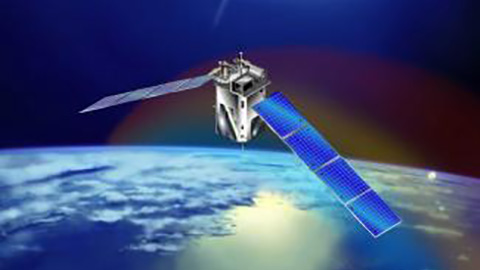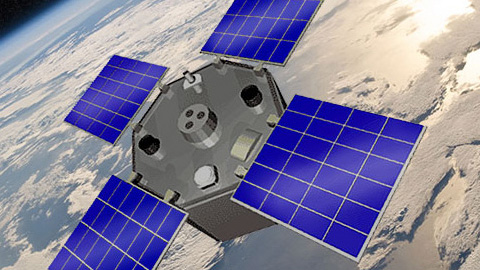Our Mission
The Sun is the predominant source of energy input to Earth. Solar radiation ensures the maintenance of the appropriate range of temperatures for the sustenance of life on Earth, by driving land surface heating, plant productivity, and oceanic and atmospheric circulations. It is also the main driver for several water cycle processes, ranging from evaporation and cloud formation to precipitation, although it can also introduce certain adverse influences, such as harmful ultraviolet radiation and production of ozone through photochemistry. Because of the Sun’s dominant influence on Earth’s function, it is important to accurately measure the solar input to Earth or solar irradiance.
Measurement of the total solar irradiance (TSI) is essential for quantifying Earth’s energy budget. NASA has maintained continuous measurement of TSIsince 1978 through successive missions: Nimbus-7/ERB, the ACRIMSat series, SORCE, TCTE, and the Total and Spectral Solar Irradiance Sensor-1 (TSIS-1), which was launched to the International Space Station on 15 December 2017. With significant technological improvements in TSIS-1 relative to heritage missions, scientists at NASA and the scientific community worldwide expect to refine our knowledge of how much energy we get from the Sun, both in total and spectrally, and how the Sun affects our Earth and various processes that are important to mankind now and in the future.


